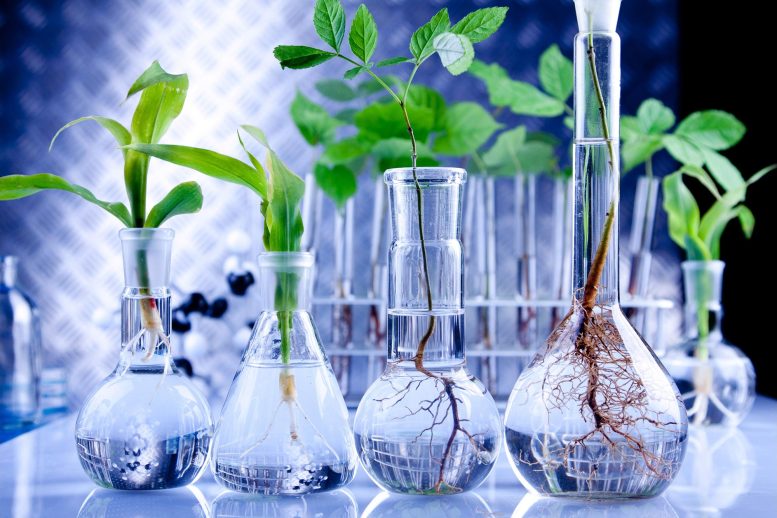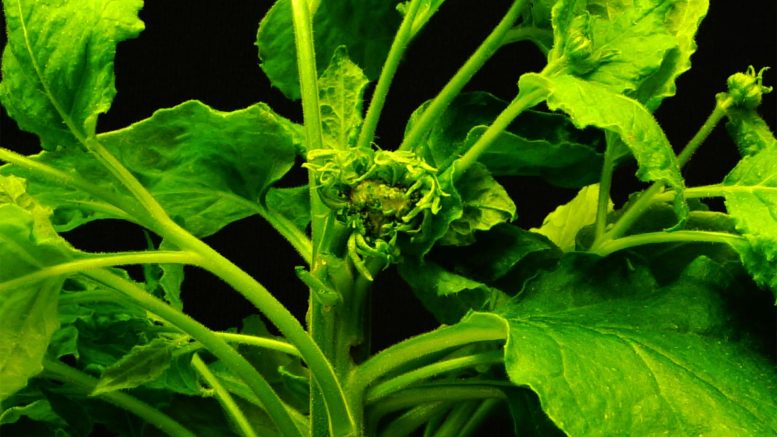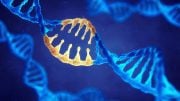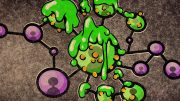
Optimizing crops through genome editing may require inventorying duplicated genes. Crop developers need to understand how important genes were duplicated, deleted, and changed over evolutionary time. This allows scientists to develop more predictable crop improvements.
When plant geneticists find a gene that improves crop yields, they want to try to insert that same change into other crops. But Cold Spring Harbor Laboratory Professor and HHMI Investigator Zachary Lippman cautions that just knowing what a single gene does is not enough. He discovered that it pays to know what other closely related genes might be lurking in the genome to block a hoped-for improvement.
In research reported in Nature Plants, Lippman, former postdoc Cao Xu (now at the Chinese Academy of Sciences in Beijing), and colleagues demonstrate how duplicated genes in plant genomes complicate a crop developer’s plans. Gene duplications are common in plants. Many act as “back-up copies” of the original gene. But based on his team’s surprising findings, Lippman says that having a great candidate for gene editing is not enough to predict the outcome of planned changes, “The lack of predictability in the context of a duplicate gene really needs to be an eye-opener for designing crop improvements.”

Tweaking one plant gene can increase desirable traits, but changing the same gene in another type of plant may not yield the same result. A tobacco plant with a mutation engineered in the clv3 gene makes larger and more numerous stems, branches, and flower tissues. CSHL researchers discovered the same mutation in evolutionarily-related plants produces different effects. Credit: Choon-Tak Kwon/Lippman lab/CSHL, 2022
The group studied the gene clv3. This gene produces a protein that limits the growth of developing plant tissues. Mutations in clv3 have led to higher yields in many domestic plants. In tomatoes, for example, mutations in clv3 are associated with larger fruits with more seed sections. Lippman’s team introduced equivalent mutations into the clv3 gene in tomato, tobacco, ground cherry, and petunia plants. All four plants are members of the Solanaceae family, also known as nightshades. Lippman and his colleagues expected to see similar results but what he found was intriguing.
In tobacco, the effects were dramatic, doubling the size of certain growth regions. This change was due to the plant’s loss of the clv3 back-up gene. In tomato, the duplicated gene partially buffers clv3 mutations, so effects were more moderate. In ground cherry and petunia, mutating clv3 had little effect. Both plants had clv3-like genes that compensated for the changes made by the researchers to the clv3 gene.
To Lippman, the lesson is that optimizing crops through genome editing may require taking an inventory of duplicated genes. Crop developers need to understand how important genes were duplicated, deleted, and changed over evolutionary time. This allows scientists to develop more predictable crop improvements.
Credit: “Dynamic evolution of small signaling peptide compensation in plant stem cell control” by Choon-Tak Kwon, Lingli Tang, Xingang Wang, Iacopo Gentile, Anat Hendelman, Gina Robitaille, Joyce Van Eck, Cao Xu and Zachary B. Lippman, 28 March 2022, Nature Plants.
DOI: 10.1038/s41477-022-01118-w









Be the first to comment on "For Plant Geneticists Looking To Improve Crop Yields, Some Genes Are Double the Trouble"